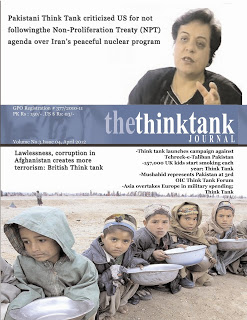In recent years, the utilization of robotic technologies in warfare has garnered significant attention, presenting new opportunities and challenges for military strategists. Amid the ongoing conflict between Russia and Ukraine, the role of robotics in military operations has come under scrutiny.
Contextualizing Russia’s Robotic Warfare Strategy:
Russia’s military doctrine has evolved to incorporate advanced technologies, including unmanned aerial and ground vehicles, as part of its modernization efforts. The integration of robotics aims to enhance operational capabilities and maintain strategic advantage in conflict scenarios.
Challenges and Limitations of Robotic Attacks:
Despite advancements in robotic technologies, Russia has encountered various challenges in effectively deploying robotic assets in combat situations. Factors such as terrain, weather conditions, and the resilience of adversary defenses can undermine the efficacy of robotic attacks.
- Releted Stories:
- Putin’s Reelection Shadowed by Ukraine Border Clashes
- In the Line of Fire: Europe’s Role in US-Russia Showdown
Analysis of Recent Airstrikes on Ukrainian Infrastructure:
The recent escalation of airstrikes by Russia targeting Ukrainian hydroelectric power plants raises questions about the strategic objectives and feasibility of such attacks. While these strikes demonstrate Russia’s willingness to disrupt critical infrastructure, they also highlight the limitations of robotic platforms in achieving precise and decisive outcomes.
Case Study: Failed Assault on the Ukrainian 53rd Mechanized Brigade:
An in-depth examination of Russia’s failed assault using unmanned ground vehicles against the Ukrainian 53rd Mechanized Brigade provides valuable insights into the operational challenges faced by robotic assets on the battlefield. Issues such as communication disruptions, vulnerability to electronic warfare tactics, and logistical constraints contribute to the shortcomings of robotic attacks.
Assessing RAND’s Analysis on Robotic Combat Vehicles:
RAND’s simulation-based analysis of robotic combat vehicles (RCVs) in hypothetical conflict scenarios offers valuable perspective on the limitations of remote-controlled unmanned systems. The dependence on communication links for command and control exposes RCVs to disruptions and compromises their effectiveness in contested environments.
Ukrainian Defense Strategies and Electronic Warfare Tactics:
The Ukrainian military’s adept utilization of electronic warfare tactics, including radio jamming and signal interference, poses significant challenges to Russia’s reliance on unmanned systems. By disrupting communication networks and targeting command channels, Ukraine seeks to neutralize the advantages conferred by robotic assets.
Efficacy of Russia’s robotic warfare:
In conclusion, the efficacy of Russia’s robotic warfare strategy in the Ukrainian conflict remains uncertain, with various technological, operational, and strategic factors influencing outcomes. As both Russia and Ukraine continue to adapt their tactics and capabilities, the evolution of robotic warfare dynamics will shape the trajectory of modern warfare and geopolitical dynamics in the region. Further research and analysis are essential to comprehensively understand the implications of robotics in contemporary conflict scenarios.




